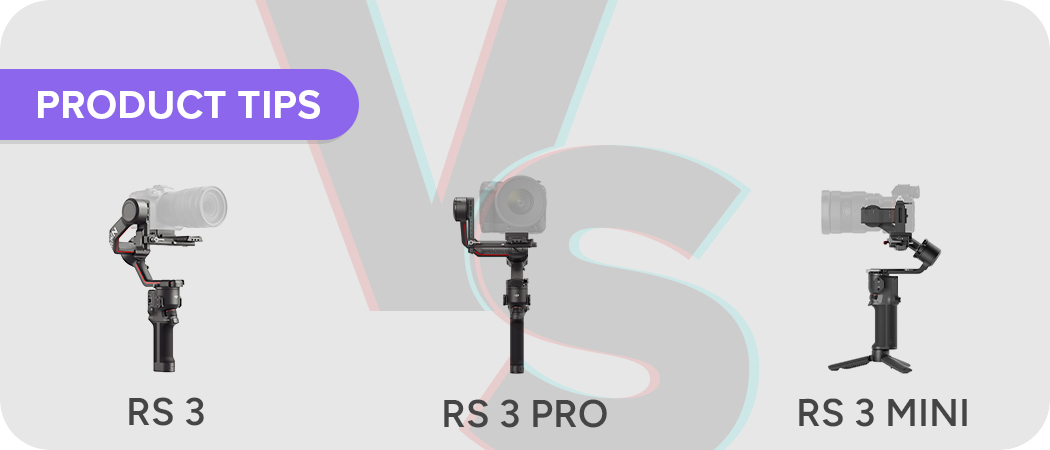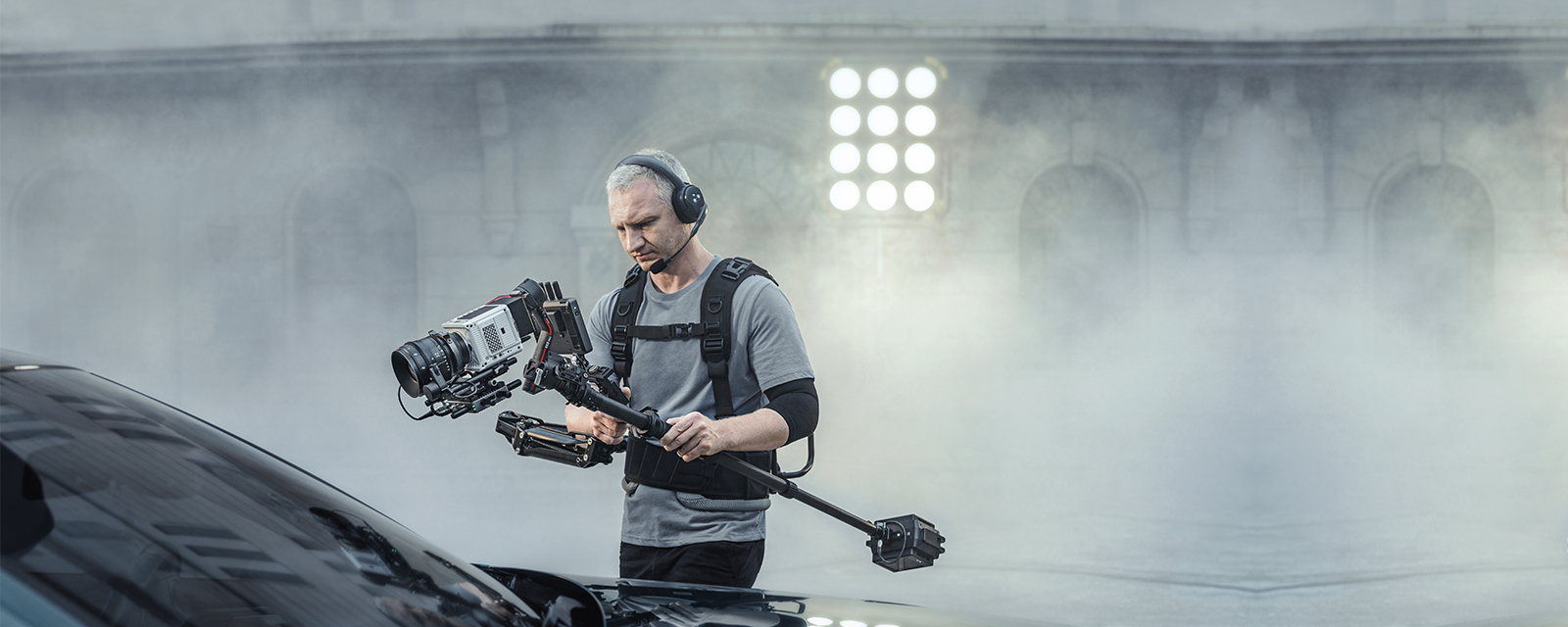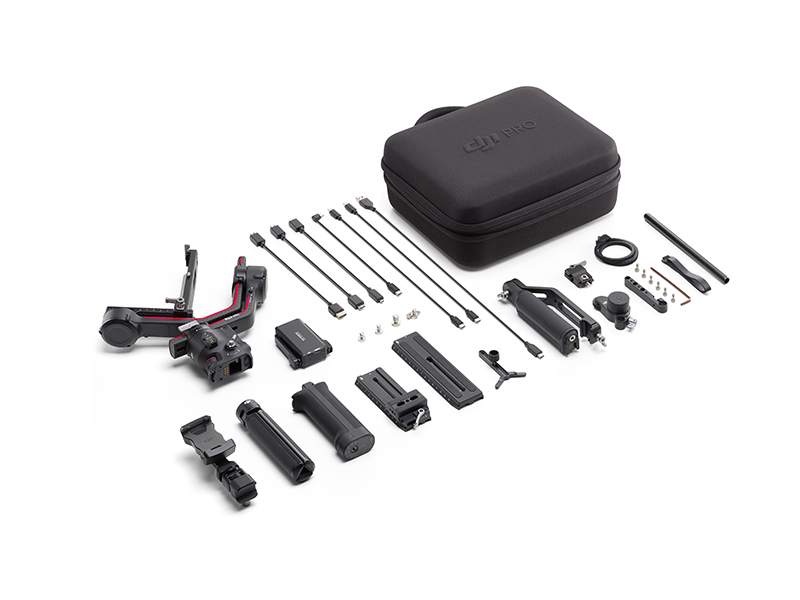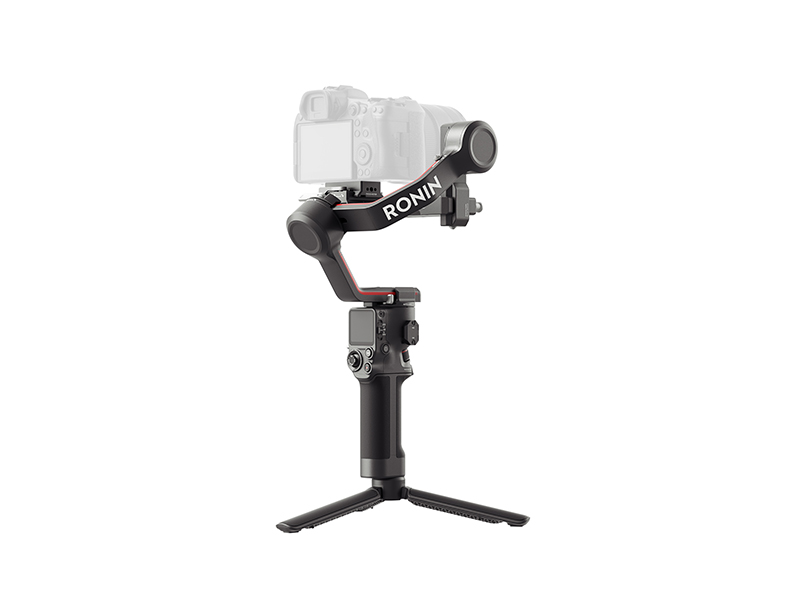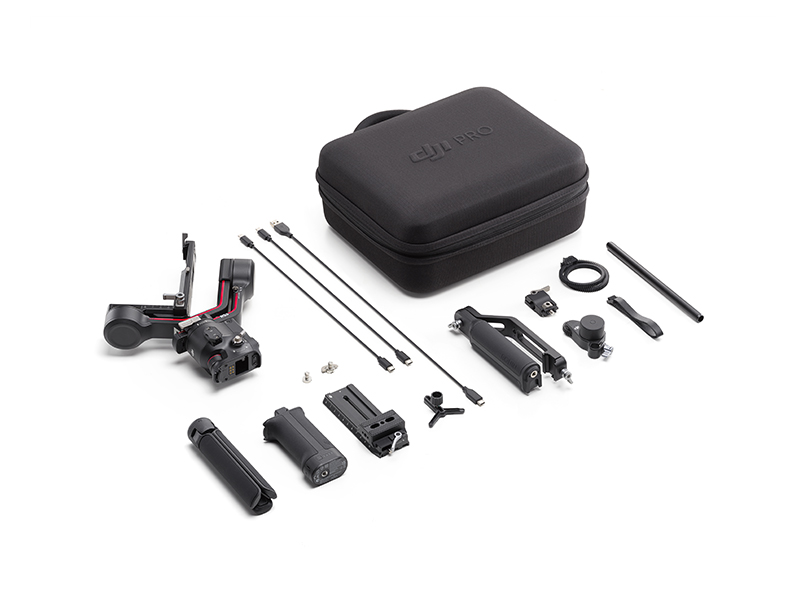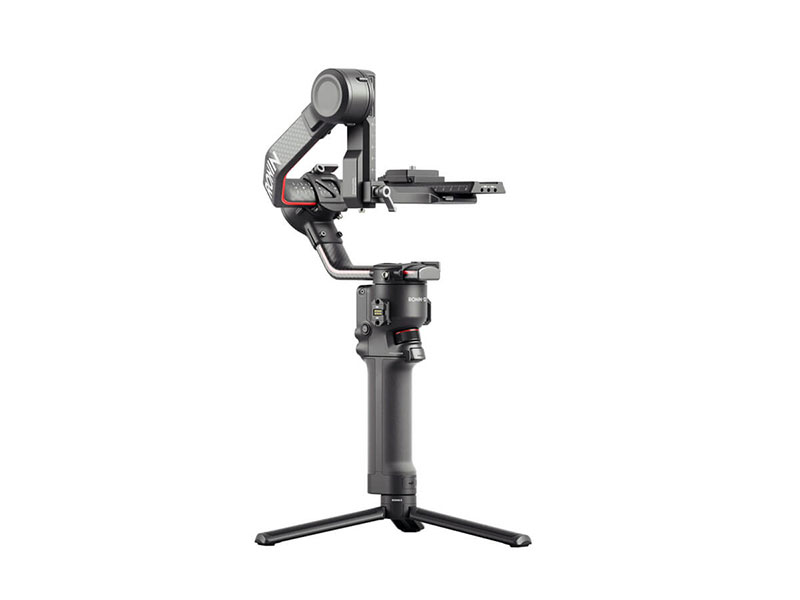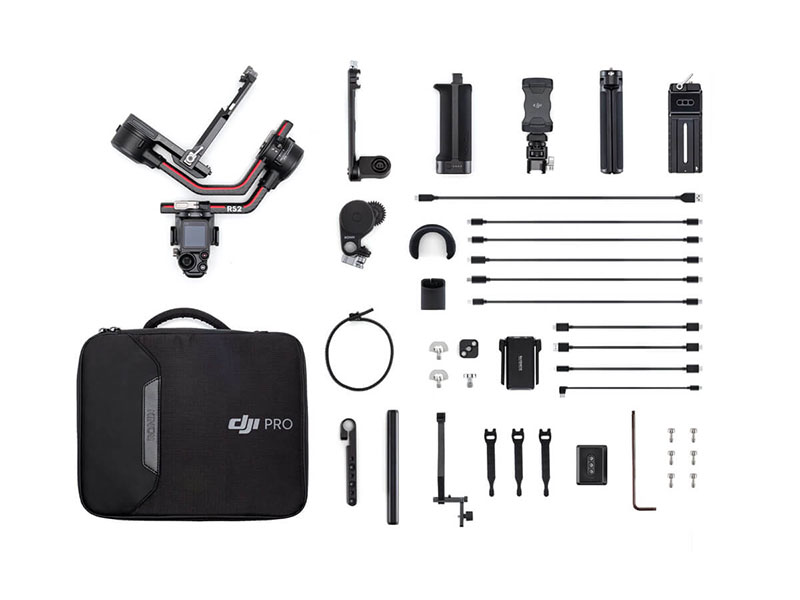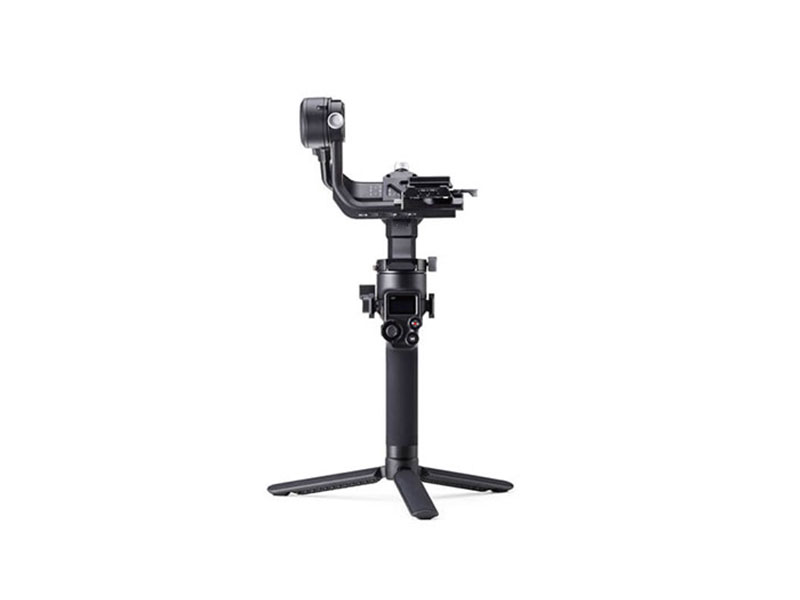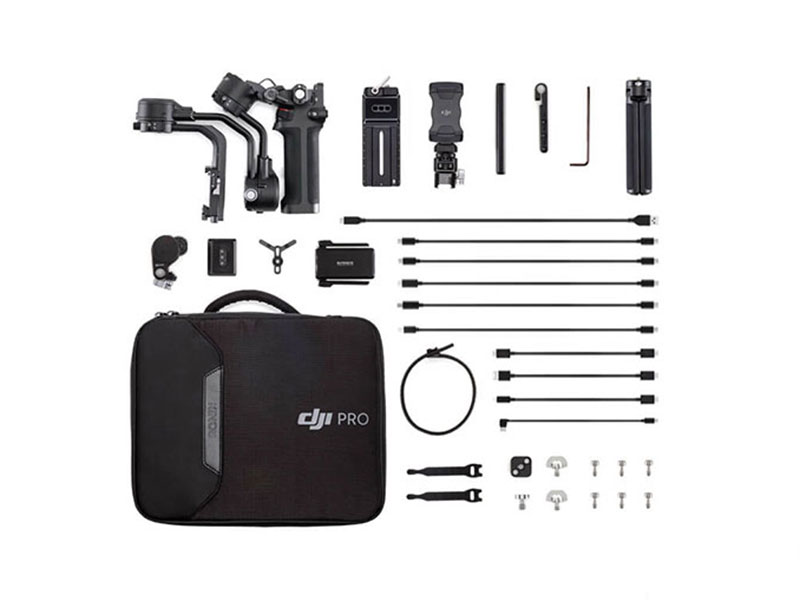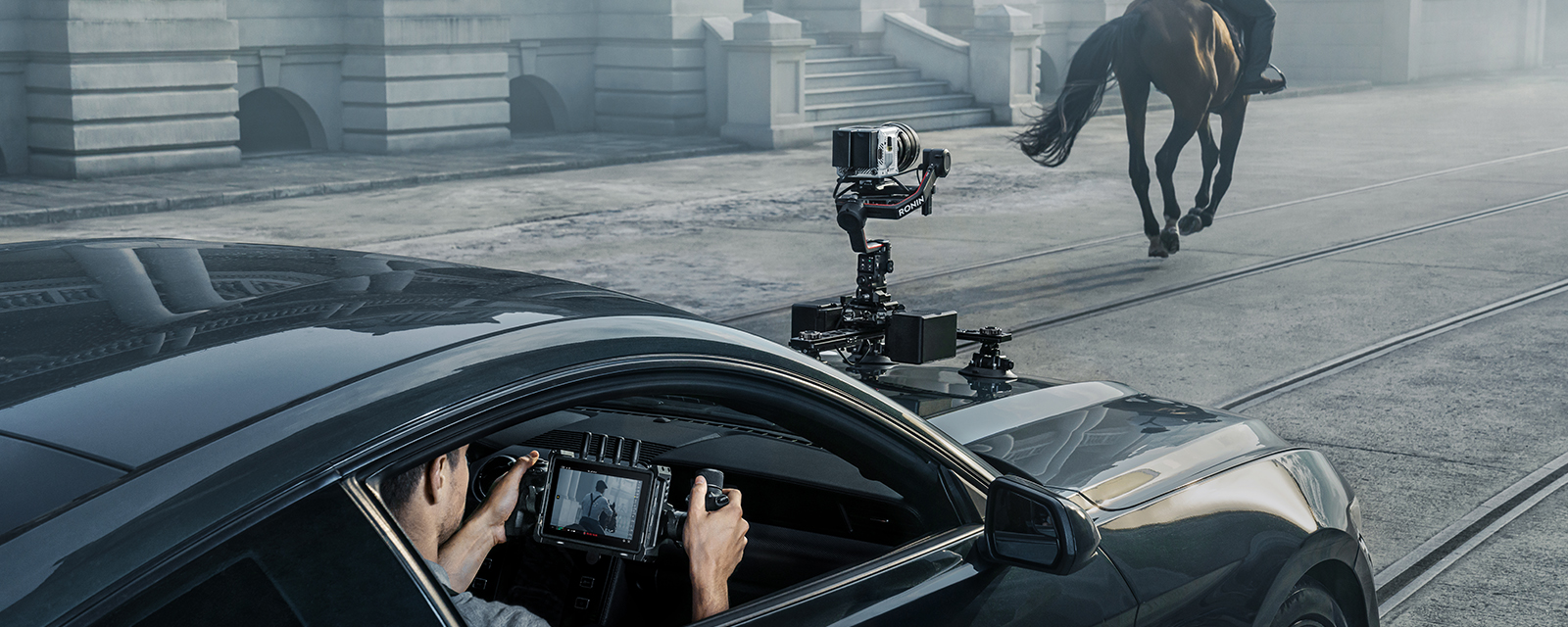Want to bring cinematic stability to your next video shoot? Do it with a DJI RS3 series gimbal! With three different models of RS3 to choose from, it can be tricky to pick and decide which one will be best for you, so we’re here to help! Join us as we break down the differences between the different RS3 models.
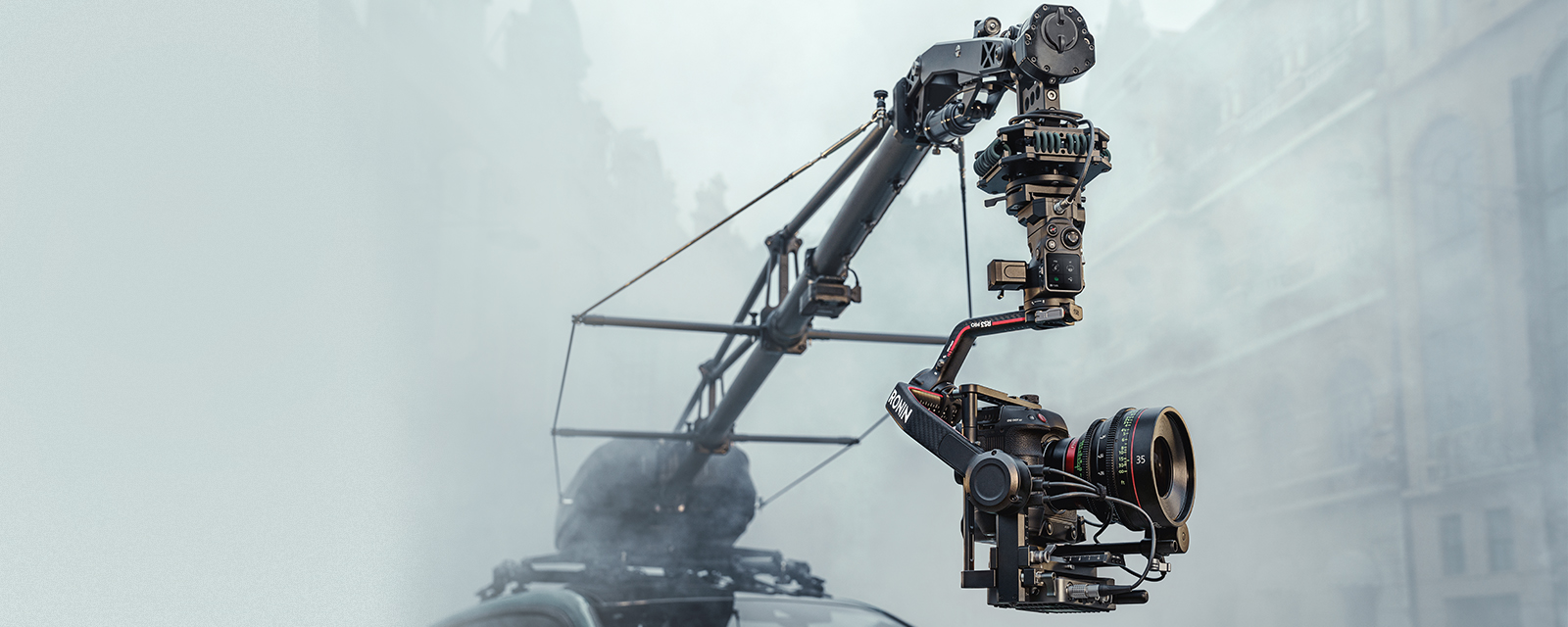
DJI RS3 Series: Camera Compatibility
DJI RS3 Mini
Due to its smaller design, the RS3 Mini is optimised for lighter camera set-ups that feature compact mirrorless cameras and smaller APS-C solutions. Unfortunately this means that you won’t be flying an ARRI Alexa on the DJI RS3 Mini, but on the flip side you’d also be operating an incredibly light camera and gimbal setup.
DJI RS3
With a maximum payload capacity of 3KG, the DJI RS3 will support most modern day camera bodies including the most popular options from leading brands like Canon, Nikon, Sony and Fujifilm.
DJI RS3 Pro
As the flagship model in the DJI RS series the RS3 Pro supports the most cameras of any DJI gimbal. With support for a maximum payload capacity of 4.5KG, the RS3 Pro can support a variety of different cameras from compact mirrorless options all the way up to smaller cinema cameras including the popular RED Komodo.
Designed with wider axis arms, the RS3 Pro is the only model that supports wider camera solutions that have flooded the camera market in recent years. Cameras that are exclusively supported by the DJI RS3 Pro include the BlackMagic Pocket Cinema series (BMPCC 4K, 6K and 6K Pro), Canon C70 and Canon R5C.
To view the full list of compatible cameras for each Ronin, click here.
Read More: Introducing DJI RS3: A New Standard for Camera Gimbals
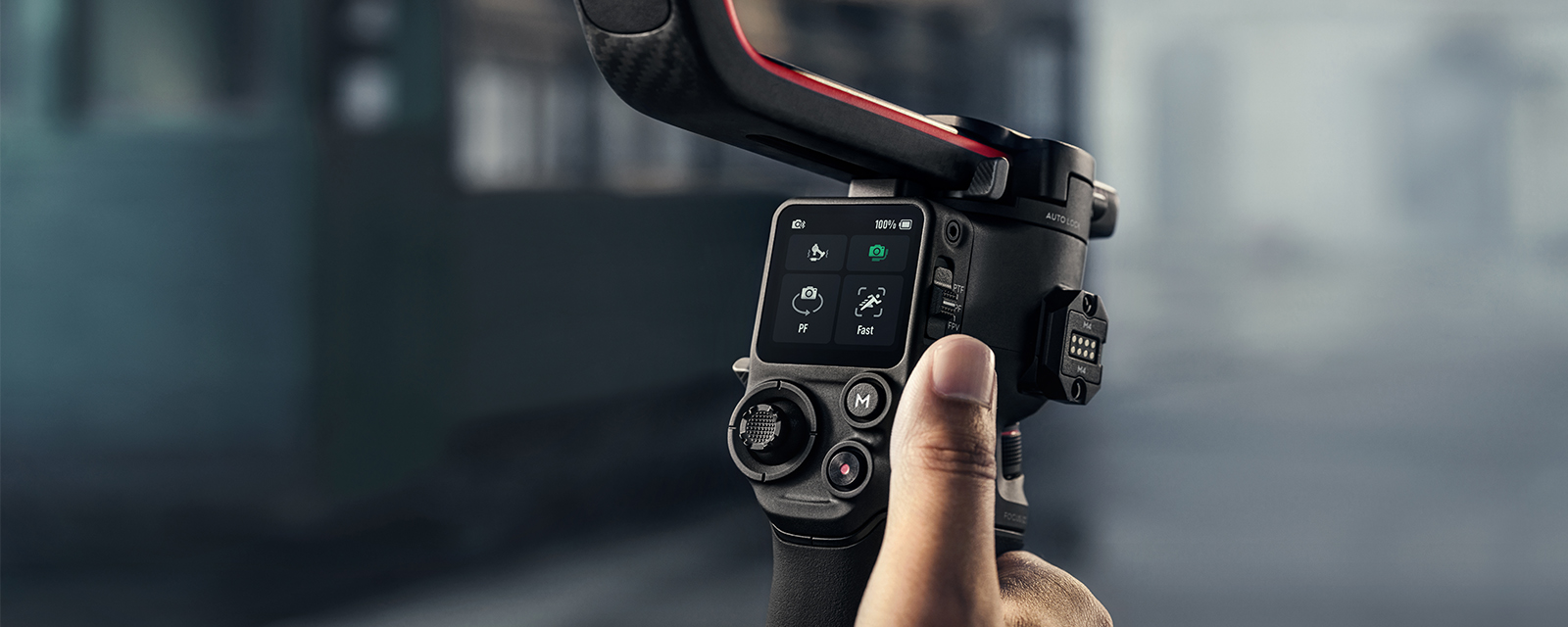
DJI RS3 Series: Operating Modes
DJI RS3 Mini
DJI RS3 Mini is the first ever DJI RS gimbal to feature native vertical shooting, allowing users to easily mount their camera in a portrait orientation for vertical video recording. When it's time to shoot in landscape, simply mount the included horizontal mount and you’re good to go.
DJI RS3
RS3 brings back the popular Vertical video mode that users loved on the DJI RSC2 whilst also opening up new avenues for creativity with Underslung and Briefcase operating modes.
DJI RS3 Pro
Engineered for pro-users, the DJI RS3 Pro can be used in a variety of different configurations, from solo-user to the centerpiece on a large film set. The RS3 Pro can also be easily adapted to support professional filmmaking equipment the cinematographers already rely on daily. With accessories including the Ronin Base Expansion Kit, the RS3 Pro can be adapted to suit usage with large camera cranes, vehicle mounts and more.
Read More: How does the DJI RavenEye Image Transmission System Work?

DJI RS3 Series: Accessories + Expandability
DJI RS3 Mini
The RS3 Mini’s small form factor does come with some limitations when you consider accessories and professional expansions. With a single NATO port, RS3 Mini only supports a single handle attachment and thus cannot be used with the DJI R Twist Grip Handles that many RS users know and love. RS3 Mini does not feature a base expansion port and therefore cannot be used with car mounts, etc.
Another factor to consider is the RS3 Mini’s maximum payload capacity. While the gimbal is capable of supporting payloads up to 2KG, it's important to factor in the weight of any accessories you wish to use before mounting and starting up the RS3 Mini.
DJI RS3
With a maximum payload capacity of 3KG, the DJI RS3 will support most modern day camera bodies including the most popular options from leading brands like Canon, Nikon, Sony and Fujifilm.
DJI RS3 Pro
As the flagship model in the DJI RS series the RS3 Pro supports the most cameras of any DJI gimbal. With support for a maximum payload capacity of 4.5KG, the RS3 Pro can support a variety of different cameras from compact mirrorless options all the way up to smaller cinema cameras including the popular RED Komodo.
Designed with wider axis arms, the RS3 Pro is the only model that supports wider camera solutions that have flooded the camera market in recent years. Cameras that are exclusively supported by the DJI RS3 Pro include the BlackMagic Pocket Cinema series (BMPCC 4K, 6K and 6K Pro), Canon C70 and Canon R5C.
Read More: Introducing DJI Ronin 4D: A Cinematic Game-Changer
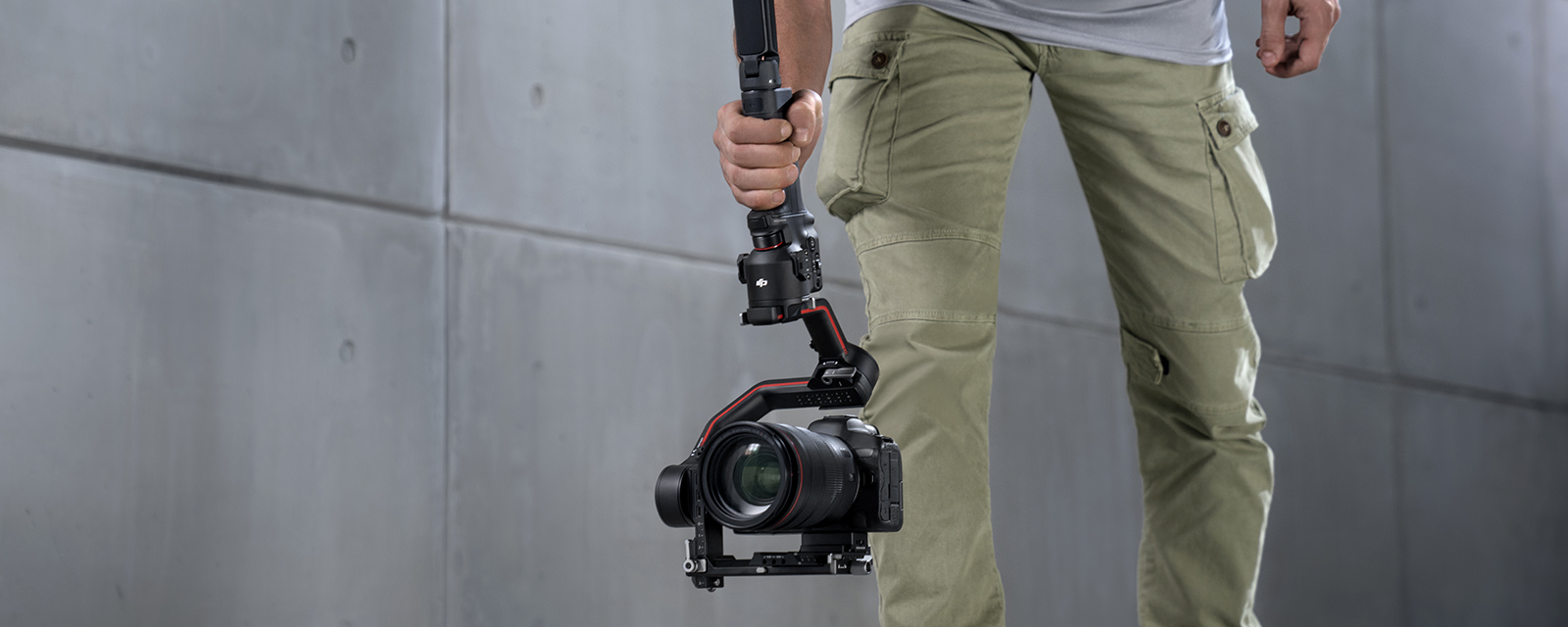
Battery Life
DJI RS3 Mini
Like its predecessors the Ronin-SC and DJI RSC2, the DJI RS3 Mini adopts a fully integrated design featuring a built-in battery grip. This built-in battery makes it easy to charge and operate the RS3 Mini with up to 10 hours of battery life off a single full charge.
DJI RS3
Powered by the new BG21 battery grip, the DJI RS3 can operate up to 12 hours off a single charge. This swappable battery is energy efficient and can be hot swapped on days with packed shooting schedules.
DJI RS3 Pro
As the flagship model in the DJI RS series the RS3 Pro supports the most cameras of any DJI gimbal. With support for a maximum payload capacity of 4.5KG, the RS3 Pro can support a variety of different cameras from compact mirrorless options all the way up to smaller cinema cameras including the popular RED Komodo.
Designed with wider axis arms, the RS3 Pro is the only model that supports wider camera solutions that have flooded the camera market in recent years. Cameras that are exclusively supported by the DJI RS3 Pro include the BlackMagic Pocket Cinema series (BMPCC 4K, 6K and 6K Pro), Canon C70 and Canon R5C.
DJI RS3 Mini: Unique Features
Native Vertical Shooting
Powered by the new BG21 battery grip, the DJI RS3 can operate up to 12 hours off a single charge. This swappable battery is energy efficient and can be hot swapped on days with packed shooting schedules.
DJI RS3 Pro: Unique Features
Professional Expansion Options
This is one area where the RS3 Pro truly earns its “Pro” moniker. With two NATO expansion ports that are compatible with industry-standard accessories including mounts and more, the DJI RS3 Pro can be used for anything from small time shoots to full-scale video productions with dozens of crew members.

